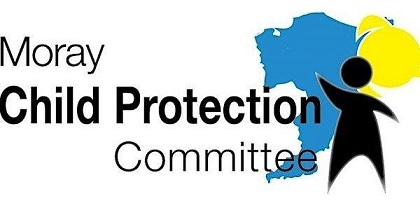Child Protection in Moray: Procedures and Resources

Procedures and Resources
Child Protection in Moray is supported by national and local procedures and resources.
National:
- National guidance for Child Protection 2021-updated 2023 - This guidance describes the responsibilities and expectations for all involved in protecting children and will support the care and protection of children.
- National Risk Assessment Framework - The document is a national risk assessment 'toolkit' for child protection to support practitioners in identifying and acting on child protection risks in children and young people.
Local:
- Multiagency Learning and Development Strategy 2023-2026 (PDF)
- Multiagency Escalation Procedure (PDF)
- Moray Multiagency Reflective Case Discussion Procedure (PDF)
- Support and protection of children and young people in Moray - This document contains Moray’s Multi-Agency Child Protection Procedures.
- Information Sharing (PDF) - This guidance will ensure that you:
- understand how to positively engage with children, young people and families to take decisions on who and when to share information with and why;
- understand the limitations and constraints of confidentiality and consent; and
- understand that you are empowered to share personal and/or sensitive personal information if you believe that a child or young person is at risk or is likely to be at risk if no action taken
- Child Sexual Exploitation Practitioner Handout (PDF)
- Moray Lets Chat Online Safety -advice for parents (PDF)
- Grampian Multi-agency Support in Pregnancy Pathway (PDF)
- Multi-agency Home Environment Assessment Tool (MS Word)
- Supporting Children and Families During COVID19 -Moray CPC Quick Links Issue 1 (PDF)
- Supporting Children and Families During COVID19 -Moray CPC Quick Links Issue 2 (PDF)
- Secure Care procedure (PDF)
Workforce Briefings:
- County Lines and Cuckooing 7 Minute Brief (PDF)
- CP Workforce Briefing No 1 IRD Teams Pilot (PDF)
- CP Workforce Briefing No 2 IRD Record Template (PDF)
- CP Workforce Briefing No 3 Scottish Child Interview Model (PDF)
- CP Workforce Briefing No 4 Appendix- Concern Definitions (PDF)
- CP Workforce Briefing No 4 Concerns & Timescales (PDF)
- CP Workforce Briefing No 5 Child Protection Planning Meetings (PDF)
- CP Workforce Briefing No 6 Moray Child Protection Procedures 2023 (PDF)
- CP Workforce Briefing No 7 Support in Pregnancy Pathway (PDF)
- Equal Protection Multiagency Briefing Aug 2021 (PDF)
- Escalation Procedures 1 page Brief (PDF)
- National Guidance for Child Protection 2021 7 Minute Brief (PDF)
- Neglect 7 Minute Briefing (PDF)
- Poverty 7 Minute Briefing (PDF)
- RCD One Page Brief (PDF)
- Graded Care Profile 2 brief (PDF)
Contact Us
(Not for reporting child protection concerns)
Moray Child Protection Committee
The Moray Council, Education and Social Care,
High Street, Elgin
IV30 1BX
01343 543451
